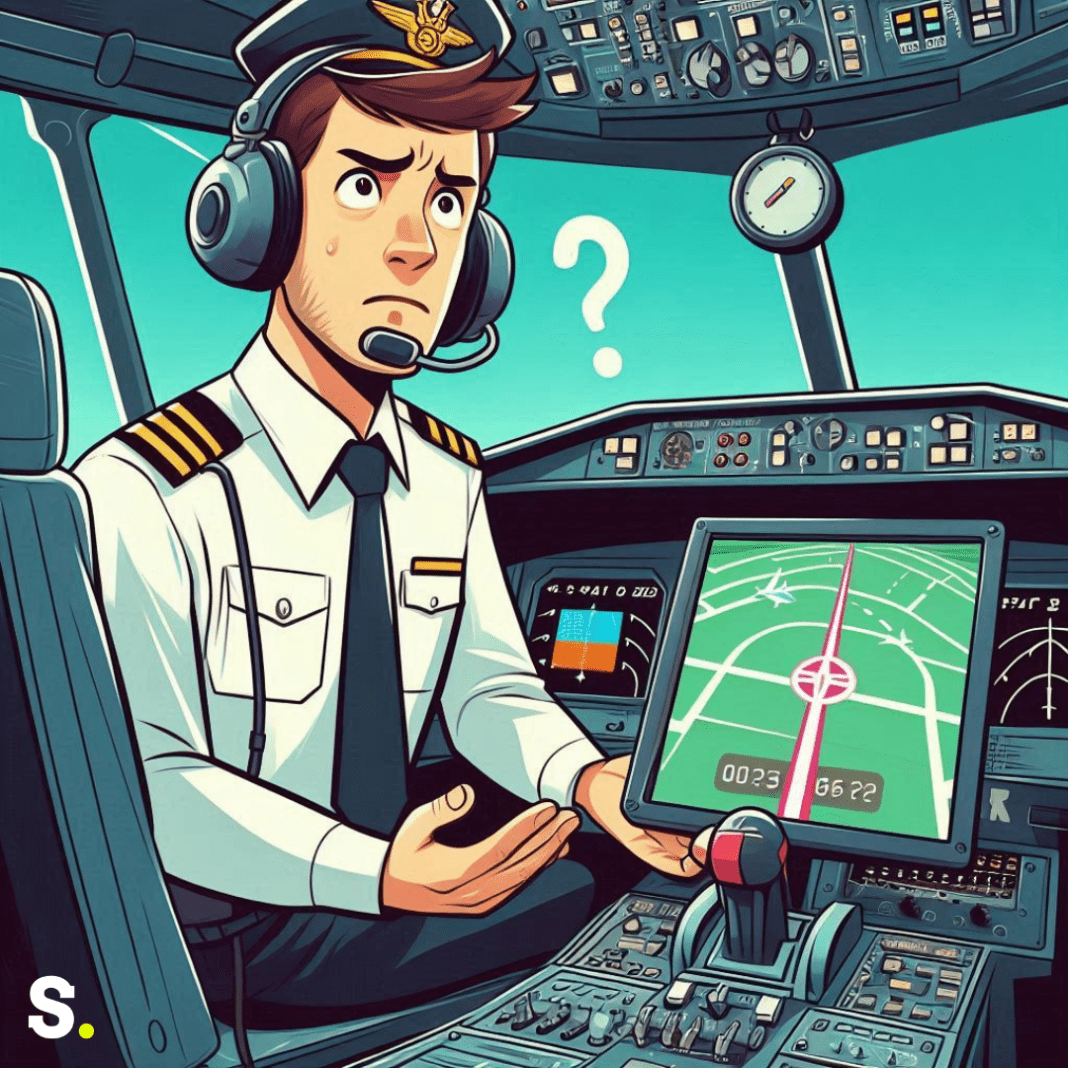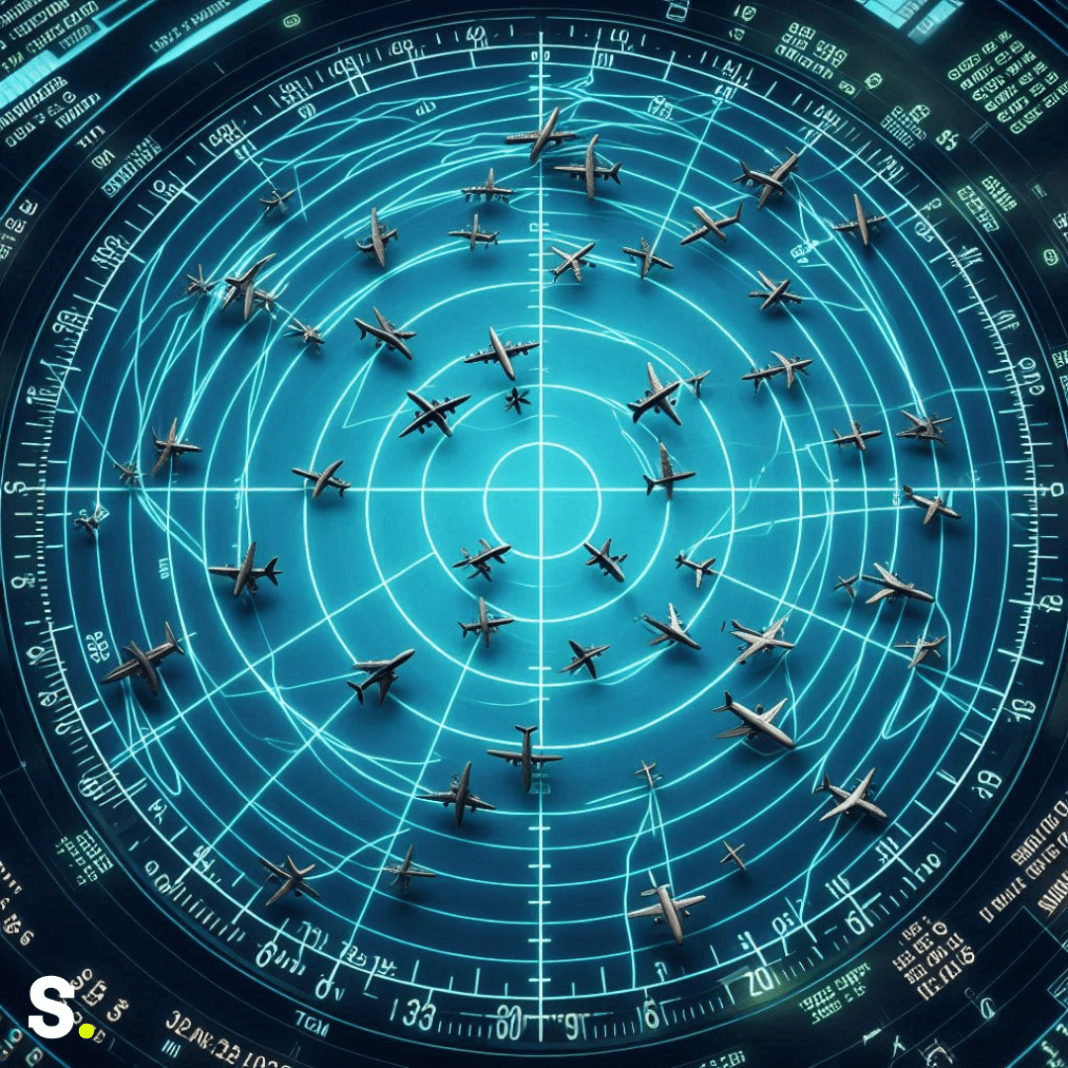GPS stands for Global Positioning System. It’s a technology that helps us find our way. GPS uses signals from satellites in space to tell us exactly where we are on Earth. Many devices, like phones, cars, and airplanes, use GPS to navigate.
What is GPS Spoofing?
GPS spoofing is when someone sends fake GPS signals to trick devices into thinking they are elsewhere. Imagine if your phone suddenly told you that you were in a different city even though you hadn’t moved. That’s what GPS spoofing does—it makes the GPS receiver show the wrong location.
How Does GPS Spoofing Happen?
People use special devices called spoofers to send fake GPS signals. These devices can be small and easy to hide. Spoofers mimic the signals from real satellites, but they give out the wrong location information. When a plane picks up these fake signals, it can think it’s somewhere else.
Airplanes use GPS to navigate the skies. GPS helps pilots know exactly where they are and which direction to go. It’s like a super accurate map and compass combined. Without GPS, flying would be much harder and more dangerous.
Impact of GPS Spoofing on Planes
GPS spoofing can cause big problems for airplanes. Here are some ways it can affect them:
Wrong Route
When GPS spoofing occurs, the plane’s navigation system can be tricked into showing the wrong route. Imagine if you were using a GPS in your car and it suddenly told you to take a turn that doesn’t exist, or it showed you driving through a lake when you were actually on a road. For airplanes, this can be much more serious. Pilots rely on accurate GPS data to follow the correct flight path.
If the GPS shows an incorrect location, the plane might end up flying in the wrong direction. This can cause confusion for the pilots and make it difficult to find their way back to the correct path. It can also lead to delays and increased fuel consumption as the pilots try to correct their course.
Entering Dangerous Areas
One of the biggest dangers of GPS spoofing is that it can cause planes to accidentally enter restricted or hostile areas. There are certain parts of the sky, like military zones or areas around airports, where planes are not allowed to fly without permission. If the GPS shows the wrong location, a plane might unknowingly enter these areas.
This can be very risky. For example, if a commercial airplane flies into a military zone, it might be mistaken for a threat and could be intercepted or even shot down. Similarly, flying into restricted airspace near airports can cause collisions with other planes or interfere with airport operations. Such incidents can have severe consequences for the safety of passengers and crew on board.
Safety Risks
GPS spoofing creates significant safety risks for airplanes. Pilots depend on accurate GPS information to make important decisions during the flight, such as altitude adjustments, speed control, and navigation. If the GPS data is wrong, it can be challenging for pilots to determine their exact position and make the right decisions.
This is especially dangerous during bad weather or in low-visibility conditions, where pilots cannot see the ground or other landmarks. Additionally, pilots might have to switch to backup navigation methods, which can be more complicated and less accurate. The increased workload and stress on the pilots can lead to mistakes, increasing the chances of accidents.
Real Examples of GPS Spoofing
In late summer of 2023, pilots flying near the Iranian border reported their GPS systems acting strangely. The navigation systems showed the wrong positions, sometimes hundreds of miles off. One business jet almost flew into Iranian airspace because its GPS was fooled by spoofing signals. This was a close call with potentially dangerous consequences.
Close to the Iranian border, there have been reports of widespread GPS disruptions affecting various devices relying on global navigation satellite systems (GNSS). These disruptions are often caused by GPS spoofing attacks, where false GPS signals are transmitted to deceive GPS receivers. These spoofing signals manipulate the GPS data, causing devices to display incorrect GPS positions. Such activities can interfere with navigation, communication, and other critical operations, posing a significant risk to both civilian and military applications.
Navigating Disruption: Cyprus Grapples with Persistent GPS Spoofing Issues
GNSS spoofing, particularly in the vicinity of Iranian airspace, often employs advanced spoofing techniques. Spoofing attacks can utilize software-defined radios to generate fake GPS signals, which mimic legitimate satellite signals. These fake signals can overpower the genuine ones from GPS satellites, leading to erroneous GPS locations on targeted devices. This type of spoofing is particularly concerning because it can mislead not just individual users but also entire systems relying on accurate GPS location data for their operations.
Understanding how GPS spoofing works is crucial for developing effective countermeasures. Spoofing signals can be detected by analyzing the radio signal characteristics received by GPS devices. Advanced GNSS receivers are being designed to identify and mitigate these spoofing attacks, ensuring the integrity of GPS data. However, the sophistication of spoofing techniques continues to evolve, necessitating ongoing research and development in GNSS security to protection against GPS spoofing near sensitive areas like the Iranian border.
Black Sea Incident
Another incident happened near the Black Sea. Ships and planes reported their GPS systems showing incorrect locations. Some ships appeared to be on land when they were actually at sea. This was due to GPS spoofing attacks, possibly from nearby conflict zones. This confusion could easily lead to accidents or entering restricted areas.
Eastern Mediterranean
In the Eastern Mediterranean, there were reports of GPS interference affecting both commercial and military aircraft. Planes flying over the region experienced sudden changes in their GPS positions. This region is known for its geopolitical tensions, and spoofing attacks could increase the risk of misunderstandings and conflicts.
How Do Pilots Handle GPS Spoofing?
When pilots suspect GPS spoofing, they have to rely on other navigation methods. Here are some ways they do this:
- Talking to Air Traffic Controllers: Pilots can ask for directions from air traffic controllers, who guide them using radar.
- Using Traditional Navigation: Planes also have other tools like ground-based radio beacons and visual landmarks to help navigate.
- Backup Systems: Some advanced planes have backup systems that can detect and reject fake GPS signals.
Why is GPS Spoofing Dangerous?
GPS spoofing is dangerous because it can cause planes to get lost, enter dangerous areas, or even crash. In war zones, where conflicts are already high, GPS spoofing can lead to serious incidents. For example, a plane flying into restricted airspace could be mistaken for an enemy and shot down. Spoofing also puts extra stress on pilots and air traffic controllers, increasing the chance of human error.
GPS is a crucial technology that helps airplanes navigate safely. However, GPS spoofing is a real threat, especially in war zones. By sending fake GPS signals, spoofers can confuse planes and put everyone on board at risk. Real incidents near the Iranian border, the Black Sea, and the Eastern Mediterranean show how serious this problem can be.
To keep the skies safe, we need better technology to detect spoofing, stronger laws to prevent it, and more training for those who operate in high-risk areas. Understanding GPS spoofing and its dangers is the first step towards protecting civil aviation from this hidden threat.




